traingirlsyracuseny
Member
Hi everyone,
I found this small traffic signal that is very different than anything I ever seen before. It has "Japan" printed on the bottom of the base. I am attaching the photos below if anyone can tell me the brand, scale, and possibly when it was made. It measures approximately 4-1/2" tall from bottom of base to the top. Not sure if this would be considered N or HO scale, or something else. I run across odd stuff all the time and it may very well be something that many others have seen, but I never have. I just thought it was a cool little signal.
It has two very small white arms that you can move manually to move the signals at the top. Has a ladder and also looks like there are some small wires connected that come out of the bottom of the base. Any help greatly appreciated. Thank you!!
Dina
I found this small traffic signal that is very different than anything I ever seen before. It has "Japan" printed on the bottom of the base. I am attaching the photos below if anyone can tell me the brand, scale, and possibly when it was made. It measures approximately 4-1/2" tall from bottom of base to the top. Not sure if this would be considered N or HO scale, or something else. I run across odd stuff all the time and it may very well be something that many others have seen, but I never have. I just thought it was a cool little signal.
It has two very small white arms that you can move manually to move the signals at the top. Has a ladder and also looks like there are some small wires connected that come out of the bottom of the base. Any help greatly appreciated. Thank you!!
Dina
Attachments
-
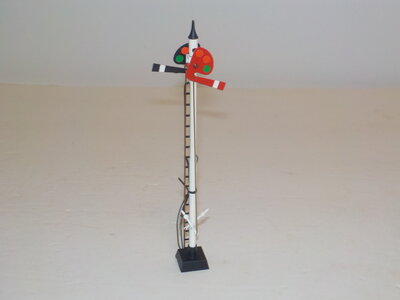 DSCN2093.JPG182.8 KB · Views: 111
DSCN2093.JPG182.8 KB · Views: 111 -
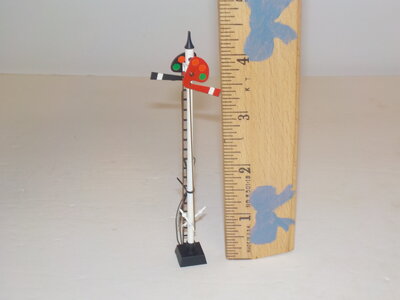 DSCN2094.JPG231.6 KB · Views: 104
DSCN2094.JPG231.6 KB · Views: 104 -
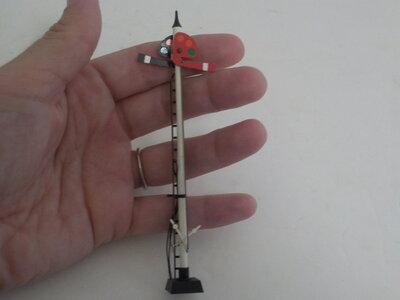 DSCN2086.JPG298.5 KB · Views: 117
DSCN2086.JPG298.5 KB · Views: 117 -
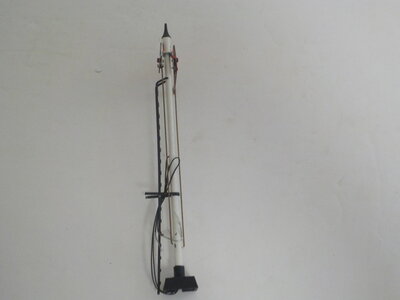 DSCN2087.JPG264.4 KB · Views: 100
DSCN2087.JPG264.4 KB · Views: 100 -
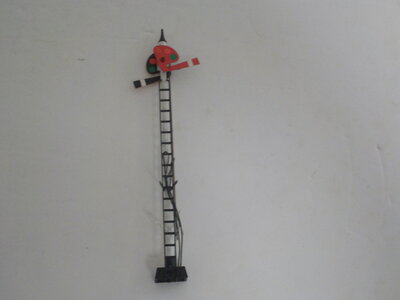 DSCN2088.JPG277.7 KB · Views: 105
DSCN2088.JPG277.7 KB · Views: 105 -
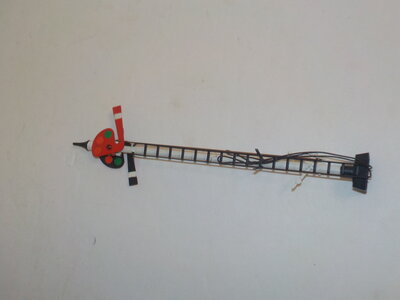 DSCN2089.JPG216.2 KB · Views: 100
DSCN2089.JPG216.2 KB · Views: 100 -
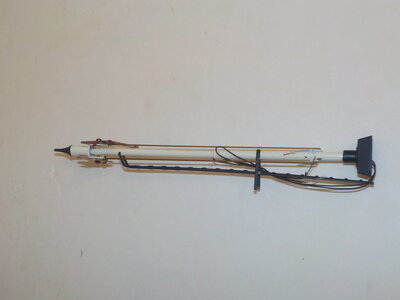 DSCN2090.JPG213.3 KB · Views: 103
DSCN2090.JPG213.3 KB · Views: 103 -
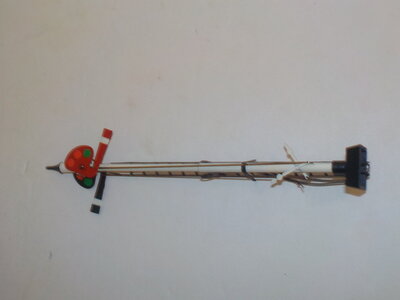 DSCN2091.JPG214.6 KB · Views: 109
DSCN2091.JPG214.6 KB · Views: 109 -
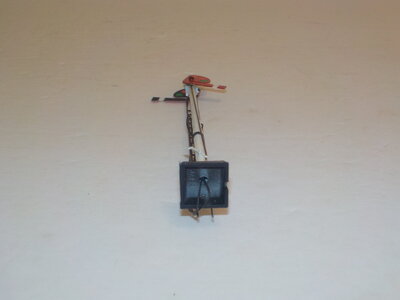 DSCN2092.JPG185.8 KB · Views: 122
DSCN2092.JPG185.8 KB · Views: 122

